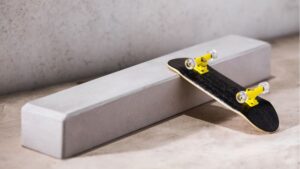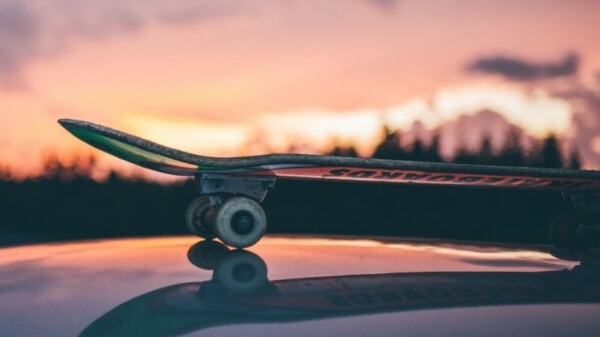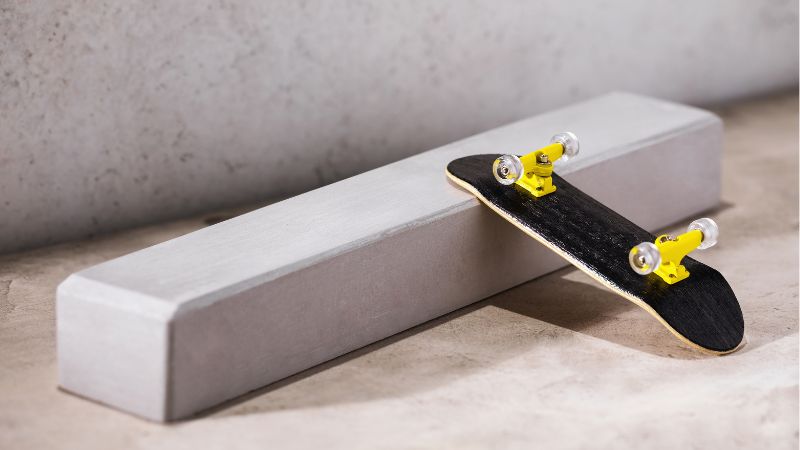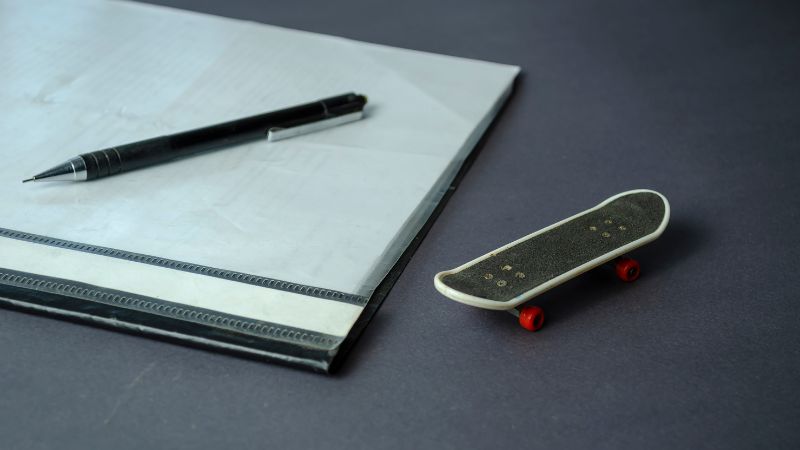
How to Make a Fingerboard Ramp? Easy Guide
Ever since I discovered fingerboarding, the scaled-down cousin of skateboarding, I’ve been hooked. There’s something truly mesmerizing about executing intricate tricks with just my fingers

Once you’ve mastered the basics of stand-up paddle boarding (SUP), learning some tricks can add a whole new dimension to your time on the water. Tricks allow you to push your skills while having fun showing off your paddle board control.
From turns and spins to jumps and falls, tricks range from beginner to advanced. This guide will go over the top 10 hand-boarding tricks that every paddle-boarding enthusiast should know.
The pivot turn is the most fundamental turning trick to learn on a SUP. Here’s how it’s done:
A sharp, skidding stop known as the crossbow is another excellent beginner trick.
Catching small waves sideways to coast along with them is an awesome way to start wave riding.
Paddling backward effectively takes coordination and awareness but builds important skills.
The spin-out trick rotates you and the board 180 or even 360 degrees quickly.
Casually walking towards the nose and dangling your heels off the edge brings style to any cruise.
Cutting back while dropping to your knees provides stability for executing very sharp turns.
Ducking under and diving below oncoming waves is a useful skill for handling larger surf.
Popping up from lying belly down to standing tests overall balance and board stability.
Generating air on a SUP takes athletic power in the legs and core. Here’s one way to try it:
Before attempting any new paddle-boarding tricks, keep these safety tips in mind:
Certain paddle-boarding gear lends itself better to tricks. Consider these choices:
Seek out these ideal environmental conditions when trick handboarding:
Don’t rush into tricks before nailing these essential foundations:
Expanding your stand-up paddle boarding repertoire with tricks brings a new level of excitement and satisfaction. Start with fundamental moves then work your way up to more technical maneuvers.
Prioritize safety by knowing personal limits and conditions. Mastering the top 10 tricks outlined here will have you expressing your SUP style with creativity and control in no time.


Ever since I discovered fingerboarding, the scaled-down cousin of skateboarding, I’ve been hooked. There’s something truly mesmerizing about executing intricate tricks with just my fingers

Skateboarding and fingerboard tricks are always fun and worth learning. With so many tricks out there, it can be hard to choose which one to

Hey there fellow fingerboard enthusiasts! If you’re like me, you’re always looking for ways to personalize and improve your fingerboard setup. One fantastic way to

Handboarding, also known as fingerboarding, has risen tremendously in popularity over the past decade. But along with the fun comes inherent risks that handboarding enthusiasts

Ever since I discovered fingerboarding, the scaled-down cousin of skateboarding, I’ve been hooked. There’s something truly mesmerizing about executing intricate tricks with just my fingers

Skateboarding and fingerboard tricks are always fun and worth learning. With so many tricks out there, it can be hard to choose which one to

Hey there fellow fingerboard enthusiasts! If you’re like me, you’re always looking for ways to personalize and improve your fingerboard setup. One fantastic way to

Handboarding, also known as fingerboarding, has risen tremendously in popularity over the past decade. But along with the fun comes inherent risks that handboarding enthusiasts
Copyright © 2024 surfxhandboard. All Rights Reserved.